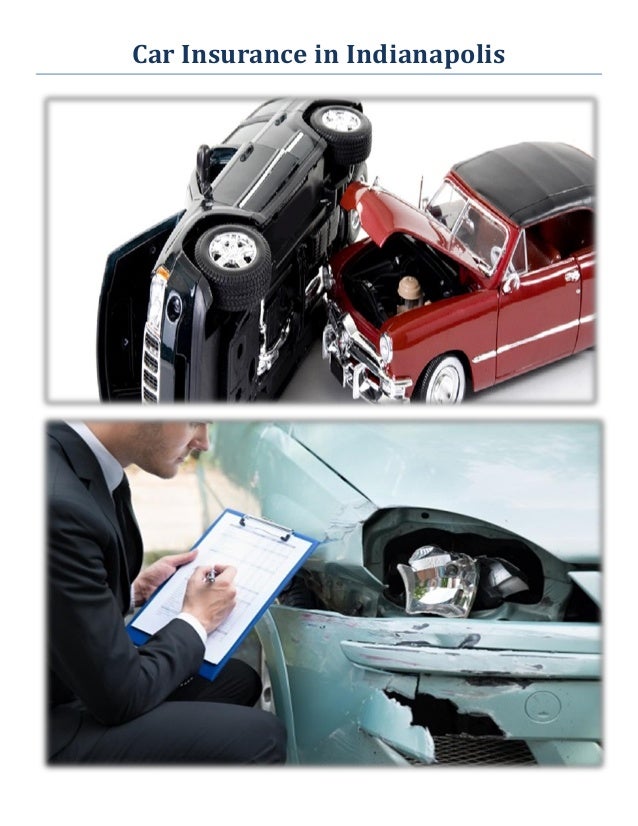Auto coverage can often feel like a difficult labyrinth, leaving many vehicle owners bewildered by the multitude of options and lingo. Regardless of whether you are a first-time buyer or considering to change providers, understanding the nuances of vehicle insurance is crucial for protecting yourself and your vehicle on the road. This guide is created to help you maneuver the challenges of car insurance, making the process more straightforward and less daunting.
With a variety of policies, insurance options, and costs available, it's important to arm yourself with the insight needed to make wise decisions. From third-party coverage to collision and comprehensive options, knowing what the terminology means and how it applies to your situation can save you time and expenses. By breaking down the essential aspects of car insurance, this guide will enable you to find the perfect policy customized to your needs.
Grasping Vehicle Insurance Fundamentals
Car insurance is a agreement between you and an insurer that supplies monetary security in the case of an incident, larceny, or damage to your vehicle. By paying a premium, you are covered for certain costs associated with vehicle-related events. Understanding the fundamentals of auto coverage is vital for choosing the appropriate plan and ensuring you have sufficient insurance for your needs.
There are different types of protection within vehicle coverage, including liability coverage, collision coverage, and full coverage. Liability coverage helps pay for damages to other people and their assets if you are at fault in an accident. Collision insurance covers damage to your own automobile after an accident, while comprehensive insurance protects against non-accident events like robbery or natural disasters. Being aware of the distinctions between these kinds can help you formulate smart decisions.
When choosing a car insurance plan, it is important to take into account factors like policy limits, cost-sharing amounts, and discounts. Increased coverage limits may provide greater protection but could lead to elevated premiums. Out-of-pocket expenses are the sum you contribute before benefits begin, and opting for a larger out-of-pocket expense can reduce your cost. very cheap car insurance no deposit provide savings for safe driving records, packaged policies, or low mileage, which can further decrease your overall costs.
Types of Auto Insurance Coverage
When considering car insurance, it's essential to know the multiple types of coverage available. The most typical form is liability coverage, which is often required by law. This coverage shields you if you are found to be at fault in an accident, covering bodily injuries and property damage to others. It is imperative to have appropriate liability limits to protect your wealth in case of a significant claim.
Furthermore, important type of coverage is collision insurance. This pays for the repairs to your vehicle after an accident, irrespective of who caused it. If your car is damaged in a collision, you can make a claim under this coverage to get back on the road faster. While not mandatory, collision insurance is advisable for drivers with new or expensive vehicles who want to safeguard their investment.

Comprehensive coverage is also a crucial part of auto insurance coverage. It protects against non-collision incidents, such as theft, vandalism, or natural disasters. This type of insurance makes sure you're covered for damages not caused by a collision, providing peace of mind for unexpected events. Merging comprehensive with liability and collision creates a balanced insurance plan that protects you and your vehicle on the road.
Suggestions for Choosing the Best Coverage
While deciding on a auto insurance policy, it is important to consider your coverage needs based on your habits on the road, the kind of car you possess, and your available funds. Consider items such as if you use your car regularly, the frequency with which you encounter difficult situations, and the longevity and price of your vehicle. Customizing your policy to suit these considerations will help you steer clear of paying for extra coverage while ensuring you are sufficiently protected.
It is also crucial to contrast different insurance companies and their offerings. Make an effort to examine various providers to gain insight into their credibility, customer service records, and insurance claims procedure. Many websites allow you to request prices from multiple insurers, which makes the process of evaluation easier. Seek out discounts that may apply, such as record of safe driving or combining auto insurance with other coverages. Each insurer has its unique strengths, so explore your options to locate the most suitable option for your circumstances.
Ultimately, make it a point to check the fine print of the policy you are considering. Comprehending the provisions, conditions, and exclusions is vital to ensure you know what is included and what is excluded. Be mindful of the deductions, caps, and any additional endorsements that may be necessary for your specific circumstances. Taking the time to meticulously examine the policy specifications will help prevent unforeseen costs down the road and give reassurance while on the road.
